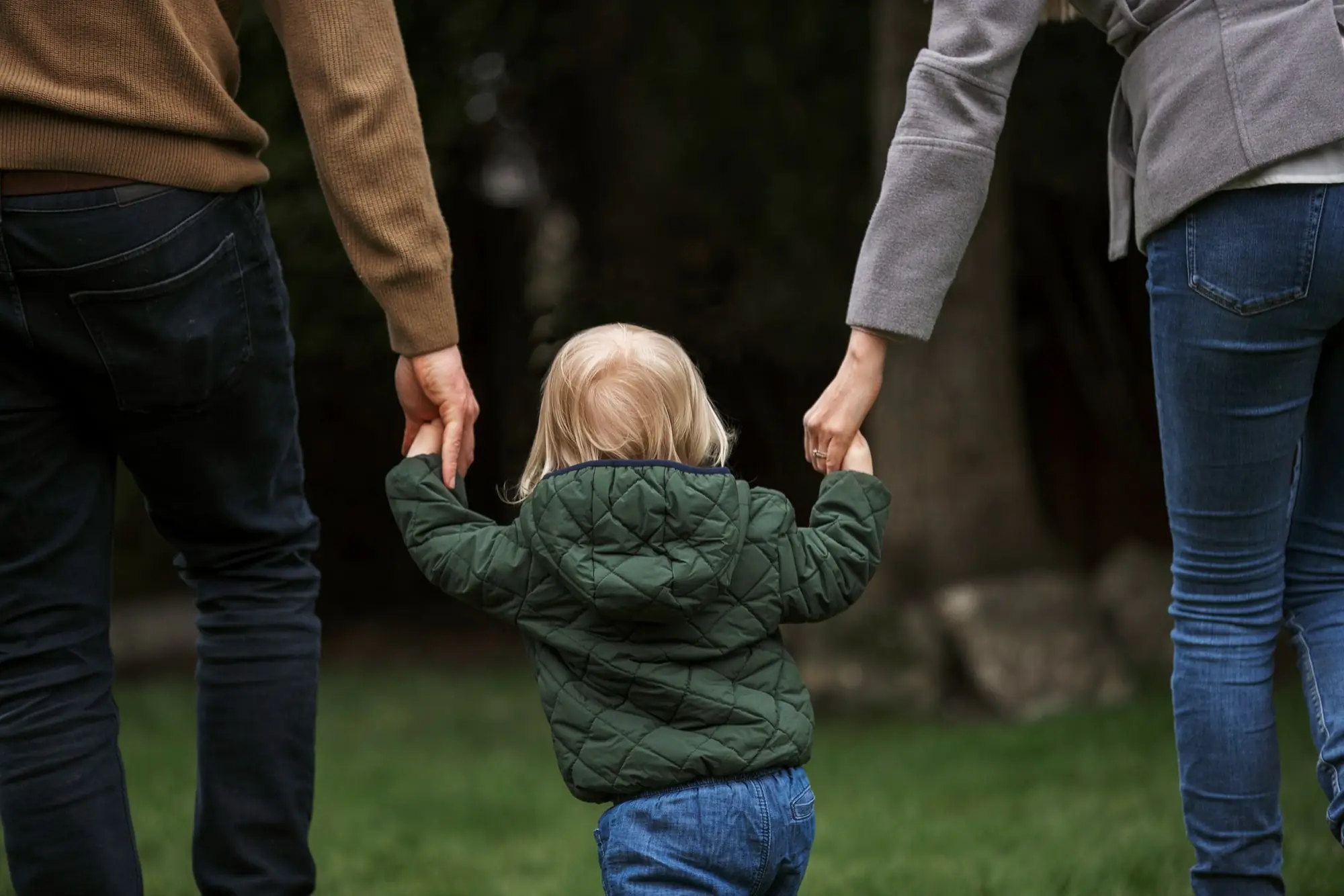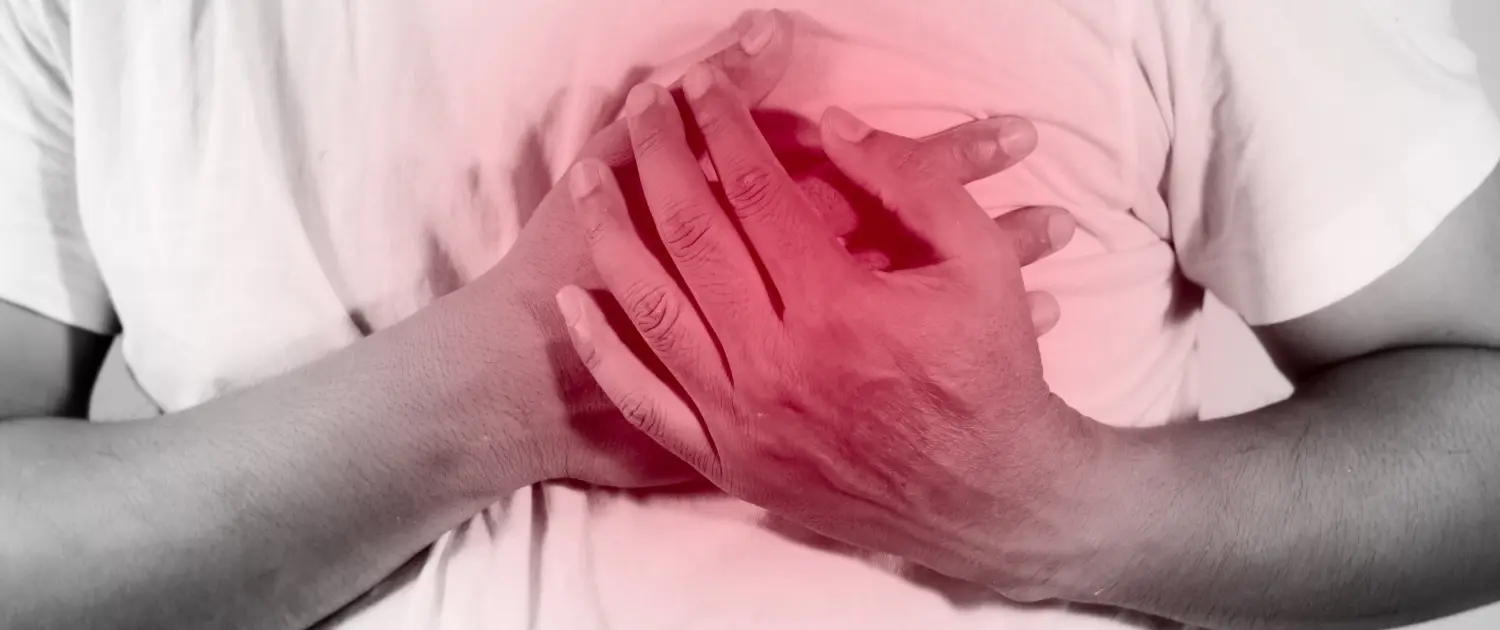What is Secure Attachment?
Attachment styles are an important concept in clinical psychology and describe the way individuals form relationships and attachments.
Attachment styles are shaped as a result of relationships with the mother or main caregiver figures in early childhood and influence our relationships with other people later in life.
Attachment styles are shaped as a result of relationships with the mother or main caregiver figures in early childhood and influence our relationships with other people later in life.
Secure attachment style refers to an individual’s self-confidence and trust in other people.
These individuals generally have a healthy balance in relationships and can trust other people.
Individuals with a secure attachment style can openly express their need for closeness and attachment and seek emotional support.
These individuals generally have a healthy balance in relationships and can trust other people.
Individuals with a secure attachment style can openly express their need for closeness and attachment and seek emotional support.
Secure Attachment in Adults
Attachment style is defined as the quality of early interactions with parents and the patterns shaped by one’s expectations, beliefs, needs, emotion control strategies and social behaviors in future romantic relationships.
Many researchers have shown that these attachment experiences formed as a result of interactions with parents during childhood determine future romantic relationships.
In a study conducted by Shaver, Hazan and Bradshaw in 1988, they suggested that the attachment theory is the same in adulthood by suggesting that people with whom they have romantic relationships in adulthood establish similar relationships with the caregiver in their childhood and showed that attachment theory can also be used in adulthood.
For example, an infant who is avoidantly attached to his/her caregiver in childhood and does not establish emotional intimacy with his/her caregiver will similarly hesitate to establish emotional intimacy with his/her romantic partner in the future and will avoid attachment.
Many researchers have shown that these attachment experiences formed as a result of interactions with parents during childhood determine future romantic relationships.
In a study conducted by Shaver, Hazan and Bradshaw in 1988, they suggested that the attachment theory is the same in adulthood by suggesting that people with whom they have romantic relationships in adulthood establish similar relationships with the caregiver in their childhood and showed that attachment theory can also be used in adulthood.
For example, an infant who is avoidantly attached to his/her caregiver in childhood and does not establish emotional intimacy with his/her caregiver will similarly hesitate to establish emotional intimacy with his/her romantic partner in the future and will avoid attachment.

Secure Attachment in Children
It has been explained above that attachment styles observed for children are divided into different styles as secure, anxious and avoidant.
Hazan and Shaver made the same classification for adults as Ainsworth did for children and obtained a similar classification for adults as secure, anxious and avoidant attachment styles.
Hazan and Shaver made the same classification for adults as Ainsworth did for children and obtained a similar classification for adults as secure, anxious and avoidant attachment styles.
First of all, to talk about the secure attachment style, it is stated that people with secure attachment have no problems in establishing close relationships, see others as trustworthy and are not afraid of abandonment.
In other words, these individuals see themselves as valuable and feel comfortable in their relationships to establish intimacy.
When the relationships of securely attached individuals were analyzed, it was found that they were secure, happy and easily accepted their partner’s mistakes.
In other words, these individuals see themselves as valuable and feel comfortable in their relationships to establish intimacy.
When the relationships of securely attached individuals were analyzed, it was found that they were secure, happy and easily accepted their partner’s mistakes.
What are the signs of secure attachment?
Secure attachment is an attachment style that enables an individual to be self-confident, emotionally balanced and able to establish healthy relationships with others.
Securely attached individuals can seek support in stressful situations, express their emotional needs and develop mutual trust in relationships.
These individuals are emotionally open to others and accept themselves and others comfortably.
Securely attached individuals can seek support in stressful situations, express their emotional needs and develop mutual trust in relationships.
These individuals are emotionally open to others and accept themselves and others comfortably.
What are the Characteristics of a Securely Attached Child?
Securely attached children feel comfortable approaching their parents and other caregivers and expressing their needs.
These children feel safe with their parents and have a certain sense of security even in moments of separation.
The child is open to new experiences, curious and able to relate easily to others.
At the same time, their emotional and social development is healthy.
These children feel safe with their parents and have a certain sense of security even in moments of separation.
The child is open to new experiences, curious and able to relate easily to others.
At the same time, their emotional and social development is healthy.
How to Create Secure Attachment?
Forming a secure attachment starts with the caregiver meeting the child’s emotional needs in a timely and consistent manner.
This creates an environment in which the child can rely on when needed.
It is important that parents have an approach that is sensitive, compassionate, understanding and takes their child’s feelings seriously.
Physical contact, loving communication and respect for the child’s individuality are factors that strengthen secure attachment.
This creates an environment in which the child can rely on when needed.
It is important that parents have an approach that is sensitive, compassionate, understanding and takes their child’s feelings seriously.
Physical contact, loving communication and respect for the child’s individuality are factors that strengthen secure attachment.
How to Ensure Secure Attachment in Childhood?
To ensure secure attachment during childhood, parents need to be able to meet the child’s emotional needs and provide consistent affection.
It is important to provide children with emotional security, understand their needs and respond to them in a timely manner.
In this process, providing the child with a regular care routine and creating a loving environment promotes secure attachment.
It is important to provide children with emotional security, understand their needs and respond to them in a timely manner.
In this process, providing the child with a regular care routine and creating a loving environment promotes secure attachment.
What are the Characteristics of a Secure Attachment Style?
Individuals with secure attachment style are generally emotionally balanced, self-confident and independent in their relationships.
They do not have difficulty in establishing emotional intimacy and can receive support from others when they need it.
At the same time, they can clearly express their emotional needs and understand the emotional needs of others.
They are able to communicate safely and respectfully in relationships.
They do not have difficulty in establishing emotional intimacy and can receive support from others when they need it.
At the same time, they can clearly express their emotional needs and understand the emotional needs of others.
They are able to communicate safely and respectfully in relationships.
Emotional Openness and Communication
Secure attachment style promotes emotional openness and healthy communication.
Securely attached individuals do not have difficulty in expressing their feelings openly and develop mutual understanding in relationships.
This openness enables the formation of deep bonds in relationships.
At the same time, they strengthen communication by displaying a constructive attitude in the face of problems.
Securely attached individuals do not have difficulty in expressing their feelings openly and develop mutual understanding in relationships.
This openness enables the formation of deep bonds in relationships.
At the same time, they strengthen communication by displaying a constructive attitude in the face of problems.
Trust and Independence
Individuals with secure attachment style can balance both independence and trust in relationships.
They are able to maintain their individuality and independence even when they are emotionally attached to others.
A secure attachment style increases confidence in one’s own abilities and relationships, helping them to lead a more independent and responsible life.
They are able to maintain their individuality and independence even when they are emotionally attached to others.
A secure attachment style increases confidence in one’s own abilities and relationships, helping them to lead a more independent and responsible life.
The Effects of Secure Attachment on Relationships
Secure attachment style creates a deep bond in both romantic and social relationships.
Securely attached people are able to build emotionally healthy and balanced relationships.
They are able to openly express their emotional needs and respect the emotional boundaries of others.
This increases mutual trust and depth in relationships.
Securely attached people are able to build emotionally healthy and balanced relationships.
They are able to openly express their emotional needs and respect the emotional boundaries of others.
This increases mutual trust and depth in relationships.
The Importance of Secure Attachment in Romantic Relationships
Secure attachment in romantic relationships plays a critical role in building a healthy and balanced relationship.
Securely attached people can be emotionally close to their partners and maintain a relationship of trust and openness.
They are better able to have constructive discussions and solve problems in relationships.
They generally have longer and more satisfying relationships.
Securely attached people can be emotionally close to their partners and maintain a relationship of trust and openness.
They are better able to have constructive discussions and solve problems in relationships.
They generally have longer and more satisfying relationships.
Secure Attachment in Social and Family Relationships
Secure attachment also has positive effects on family and social relationships.
Securely attached individuals form strong bonds with family members and friends within healthy boundaries.
They are successful in providing emotional support and helping others in difficult times.
They also develop relationships based on mutual respect and understanding within the family.
Securely attached individuals form strong bonds with family members and friends within healthy boundaries.
They are successful in providing emotional support and helping others in difficult times.
They also develop relationships based on mutual respect and understanding within the family.
Developing a Secure Attachment Style
Developing a secure attachment style depends on opening oneself emotionally and recognizing one’s needs and boundaries.
This process involves mindfulness, self-compassion and efforts to heal attachment wounds from the past.
A supportive social environment and therapy can play an important role in this process.
This process involves mindfulness, self-compassion and efforts to heal attachment wounds from the past.
A supportive social environment and therapy can play an important role in this process.
Recognizing and Healing Your Own Attachment Style
Recognizing your attachment style can help you make healthier and more balanced decisions in your relationships.
You can understand which attachment style you have by observing your own emotional reactions and behaviors in relationships.
To improve your attachment style, it is important to work on mindfulness, self-awareness and personal development.
You can understand which attachment style you have by observing your own emotional reactions and behaviors in relationships.
To improve your attachment style, it is important to work on mindfulness, self-awareness and personal development.
Therapy and Professional Support
Therapy is an effective method for developing secure attachment and addressing other attachment problems.
A therapist can help a person understand their emotional wounds and heal past attachment traumas.
It also provides guidance to improve emotional openness and healthy communication skills.
A therapist can help a person understand their emotional wounds and heal past attachment traumas.
It also provides guidance to improve emotional openness and healthy communication skills.
Online therapy supports individuals to solve their attachment problems and allows them to start the process by meeting with an online psychologist from anywhere. Thanks to our online psychologist service, you can safely step into therapy.
This content was prepared with the contributions of Clinical Psychologist Serra Kamış.





